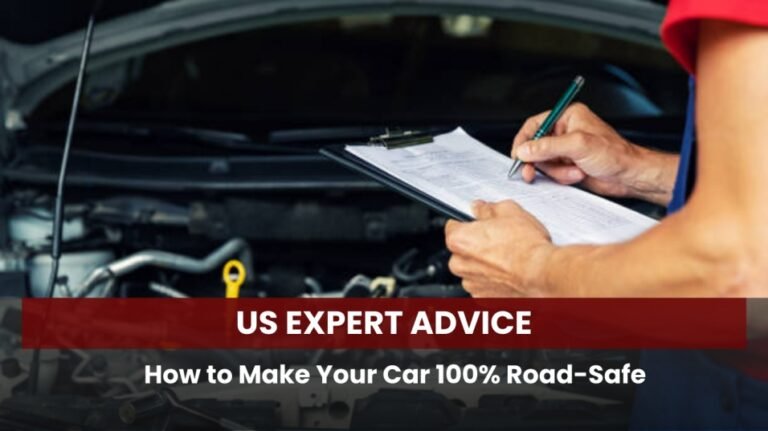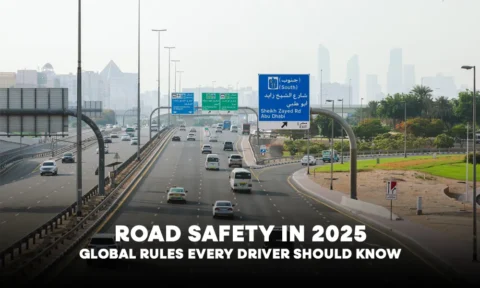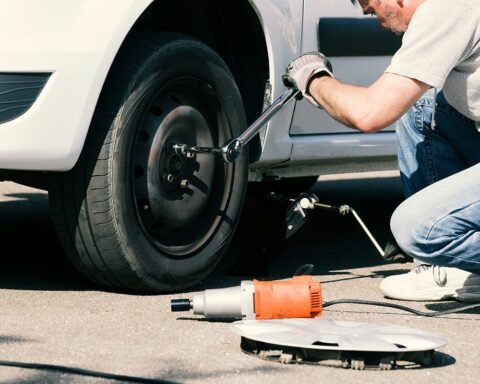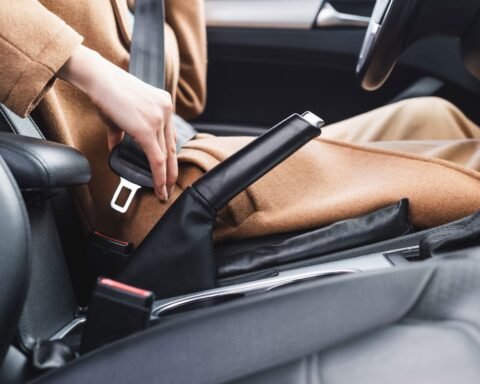You might think your car’s “good enough,” but even small oversights can lead to dangerous situations on the road. Although cars today have become much safer due to the numerous advancements in technology, ironically, road accidents keep rising every year. It’s primarily because drivers fail to follow the basics when it comes to road safety when driving.
In this blog, I take a look at how to make your car load safe, collating expert tips from across the web, including trusted sources like NHTSA, IIHS, and experts. Use this as your car inspection checklist before driving, so you stay safe on every trip.
Why Road Safety Starts Before You Drive
Yes, it’s true that road safety begins before you set out on your drive. Preventing trouble often takes a few minutes of preparation, which is always better than losing hours later. A breakdown, loss of control, or worse often leads back to something that could have been checked ahead of time. Using a reliable car safety checklist in the US will help you spot risks early and take preventive steps to mitigate them.
Vehicle Maintenance Safety Tips: What You Must Check
Here are the key areas to cover for reliable performance and safety:
1. Tires
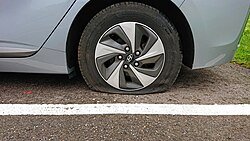
Check tread depth, even wear, and correct air pressure using a gauge. Under-inflated or uneven tires reduce grip, increase stopping distance. The Wiser Driver Driving School recommends rotating tires every 5,000-8,000 miles to avoid uneven wear.
2. Brakes
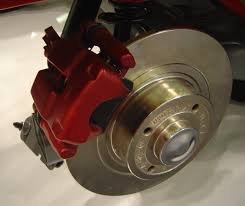
Inspect pads, rotors, and brake fluid regularly. Any squealing, soft pedal, or vibration is a warning that problems are around the corner. These systems are often your first line of defense in preventing car accidents, according to US expert advice.
3. Lights, Signals, Mirrors, and Visibility
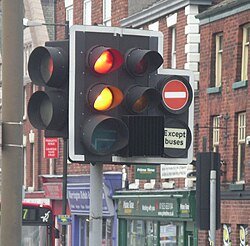
Headlights, brake lights, turn signals, reverse lights; check that everything works. Wipers should clear the windshield without skipping. Mirrors should be clean and properly adjusted. These aspects are a part of many checklists covering safety features cars must have in the US.
4. Seat belts and Airbags

Ensure your seat belts lock properly, retract smoothly, and are not frayed. Check airbag warning lights; if they stay on, get them diagnosed. These features may save your life in a crash.
5. Fluids, Battery, and Under-the-Hood Checks

Oil, coolant, brake fluid, power steering fluid, transmission fluid; every fluid in your car needs to be checked for level, contamination, and leaks. Battery terminals must be clean and the voltage good. A weak battery can leave you stranded at the worst times possible, like when you’re driving through a lonely stretch of highway. Hoses should be tight and belts should be without cracks or frays.
6. Steering, Suspension, and Tires
If your car pulls to one side, is hard to steer, has leaking shocks, or is bouncing weirdly, it’s time for a checkup. Smooth handling improves control and safety. Of course, ensuring your car receives regular maintenance can prevent all of these issues.
Safety Features Cars Must Have in the US
Modern cars come equipped with an advanced safety system. These are the features that I personally would not drive without:
- Electronic Stability Control (ESC)
- Anti-lock Braking System (ABS)
- Traction Control
- Lane Departure Warning or Lane Keep Assist
- Blind Spot Monitoring
- Rearview or Backup Camera (required in recent years)
You can check a car’s safety ratings from the National Highway Traffic Safety Administration (NHTSA) website.
Road Safe Car Upgrades & Emergency Prep
Making your car safer often means adding or keeping up certain gear. Here’s what I would suggest you do:
- Car Emergency Kit Essentials: Keep an emergency kit in your car. Ensure it has a flashlight, jumper cables, basic tools, a first-aid kit, a reflective triangle, and a working spare tire.
- Winter Driving Safety Car Prep: During the cold and frosty winters, get your winter tires or high-quality all-season ones. Also invest in a good windshield fluid that won’t freeze, ensure heating/defrost systems work, and check battery health.
- Upgrades: Invest in better headlights (LED or HID if legal), blind spot detection, enhanced mirrors, tire pressure monitoring, and newer tires if necessary. These reduce risk in low visibility or slippery conditions.
How to Make Your Car Road Safe: Expert Tips
This is how you can combine everything discussed above into a routine for your car:
- Use a car inspection checklist before driving, even for short trips.
- Once a season, do a more thorough check (fluids, battery, suspension).
- Pay attention to warning lights. Don’t ignore ABS, airbag, or traction control signals.
- Have a trusted mechanic inspect safety-sensitive features annually.
US Road Safety Tips for Drivers
Road safety tips recommended by experts include:
- Don’t delay replacing worn tires just because you “almost have enough tread.” Grip matters, especially in rain or snow.
- Keep your wheels aligned; steering drift is not just annoying but also increases the risk of you losing control of your car.
- Always drive with seatbelts buckled, and insist all your passengers do the same.
- Adjust speed and maintain an appropriate distance in adverse conditions like wet roads, ice, and fog. Even a perfect car can’t stop fast on ice.
FAQ
For everyday drivers, check tires, lights, seat belts, and visibility at least once a week. More thorough checks (fluids, brakes, emergency gear) can be done every few months or with season changes.
ABS, ESC, airbag systems, backup camera, working seat belts, and properly maintained brakes are proven to reduce fatalities and injuries. Use NHTSA’s rating tools to compare car models.
Yes. Replacing worn tires, upgrading lights, adding safety equipment where legal, and fixing suspension or steering issues can bring older cars much closer to modern safety standards.
A flashlight, jumper cables, first-aid supplies, high-visibility triangles or flares, blanket, basic tools, phone charger, and water. In winter, add gloves and an ice scraper.
Final Thoughts
Keeping your car completely road-safe doesn’t need to be hard or expensive. All you need is consistency, good gear, and paying attention to warning signs. Use a detailed car safety checklist, investing in essential safety features, maintaining your vehicle routinely, and preparing for emergencies will give you almost 100% safety on the road.
For expert guides, reviews, and tips to help you make informed choices before purchasing or modifying your vehicle, visit Ask About Cars.


